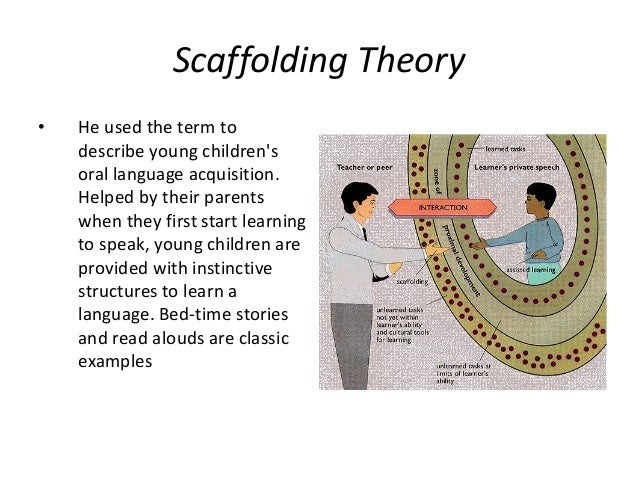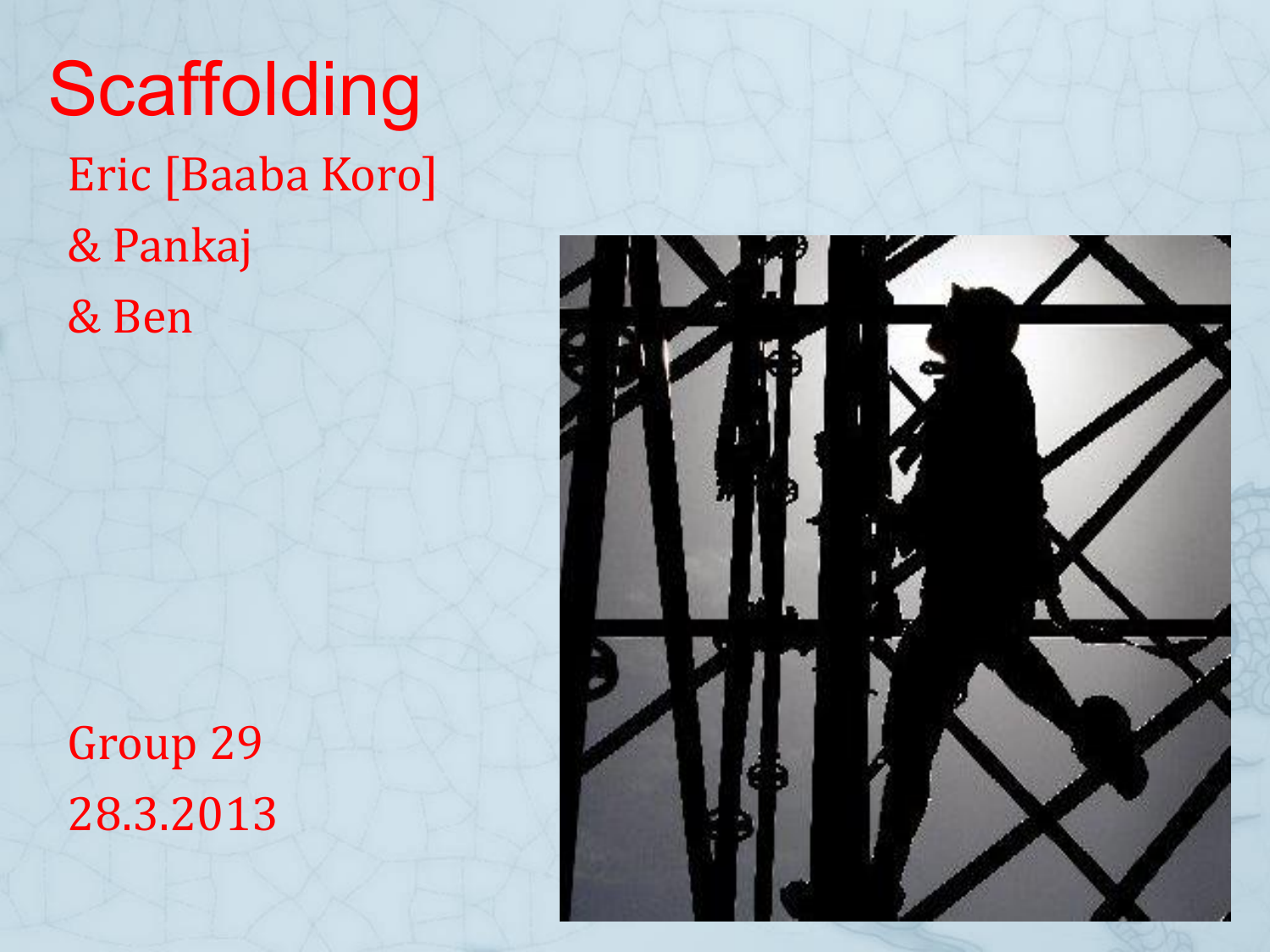
, 2018) a self-regulation approach to scaffolding for learning communities represented by Toa and Zhang (Instr Sci. These area radical anti-scaffolding stance represented by Hod and Ben-Zvi (Instr Sci. This contribution analyzes how four recent approaches to learning communities address scaffolding and identifies three different stances. This might be a main reason for why scaffolding is rarely foregrounded in work on learning communities.

Research on learning communities has developed as a perspective radically different from teacher-led instruction. What are the disadvantages of robots telepresences to replace absent students? What are the advantages of robots telepresences to replace absent students? What are the disadvantages of robots telepresences as a teacher and an assistance of teacher? What are the advantages of robots telepresences as a teacher and an assistance of teacher? Concerning four research questions have been created: Research objective and questions: The objective of this study is to identify students’ insights about the telepresence of robots as a student and as a teacher.

For that reason, we believe that our motivation to hear the insights of students about the robot telepresence and share the notes with other researchers is coherent with the workshop.

Diverse questions regarding the Tech challenge, the decisions on solutions and implications have risen. Motivation Statement: Due to the frequent absences of learners in the classrooms since 2020 and the obligations for the organizations of hybrid courses lecturers, researchers see for solutions to increase the quality of their teaching, interactions with learners under these circumstances and unprecedented events.


 0 kommentar(er)
0 kommentar(er)
